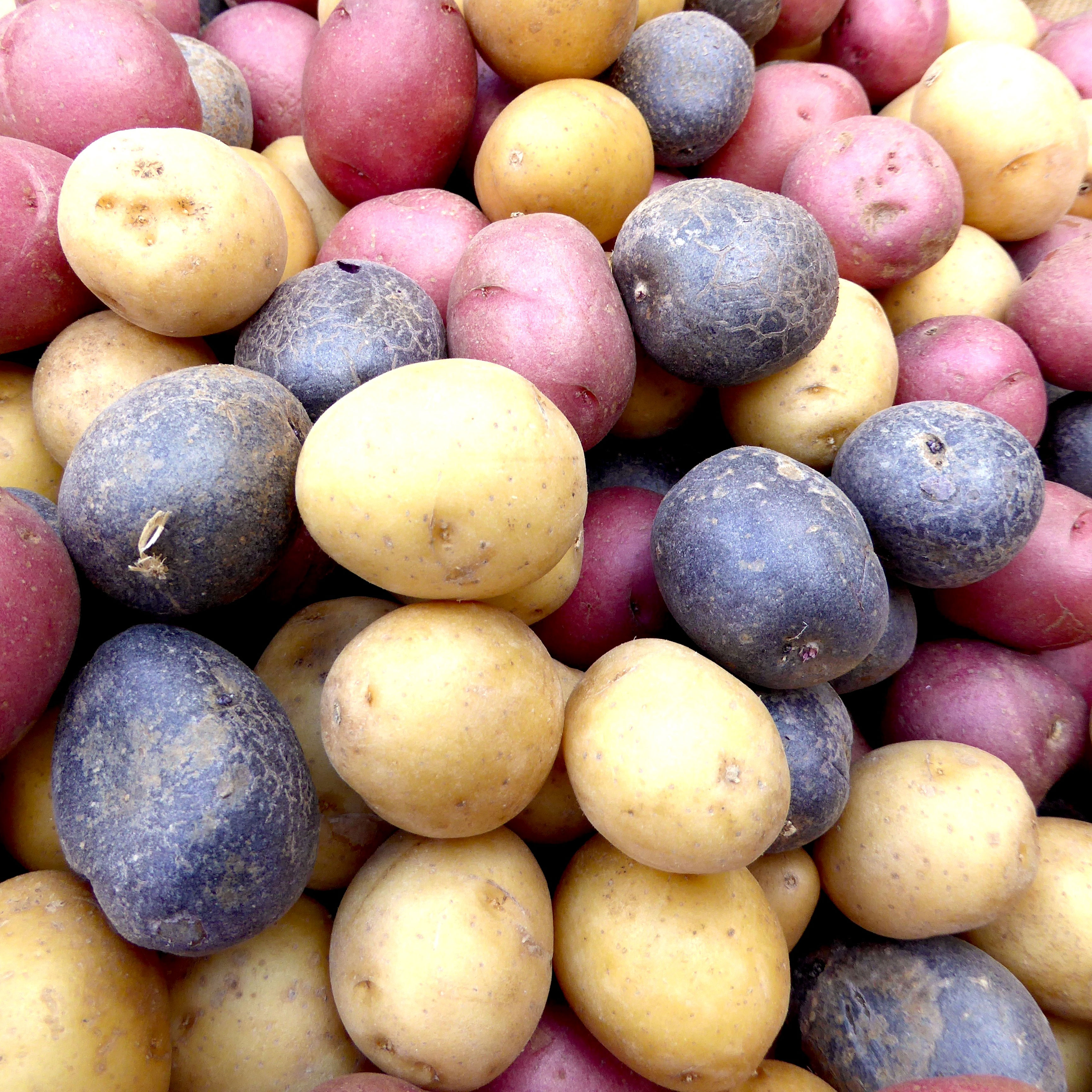Potatoes
Need to know how to grow potatoes? Perhaps you are looking for information on harvesting potatoes and their subsequent storing. Whatever the case may be, you’ve come to the right place. Here you will find plenty of potato growing tips that will make caring for potato plants and dealing with possible potato issues much easier. So if you want to know how to grow potatoes and care for them all season long, the following information should help.
-
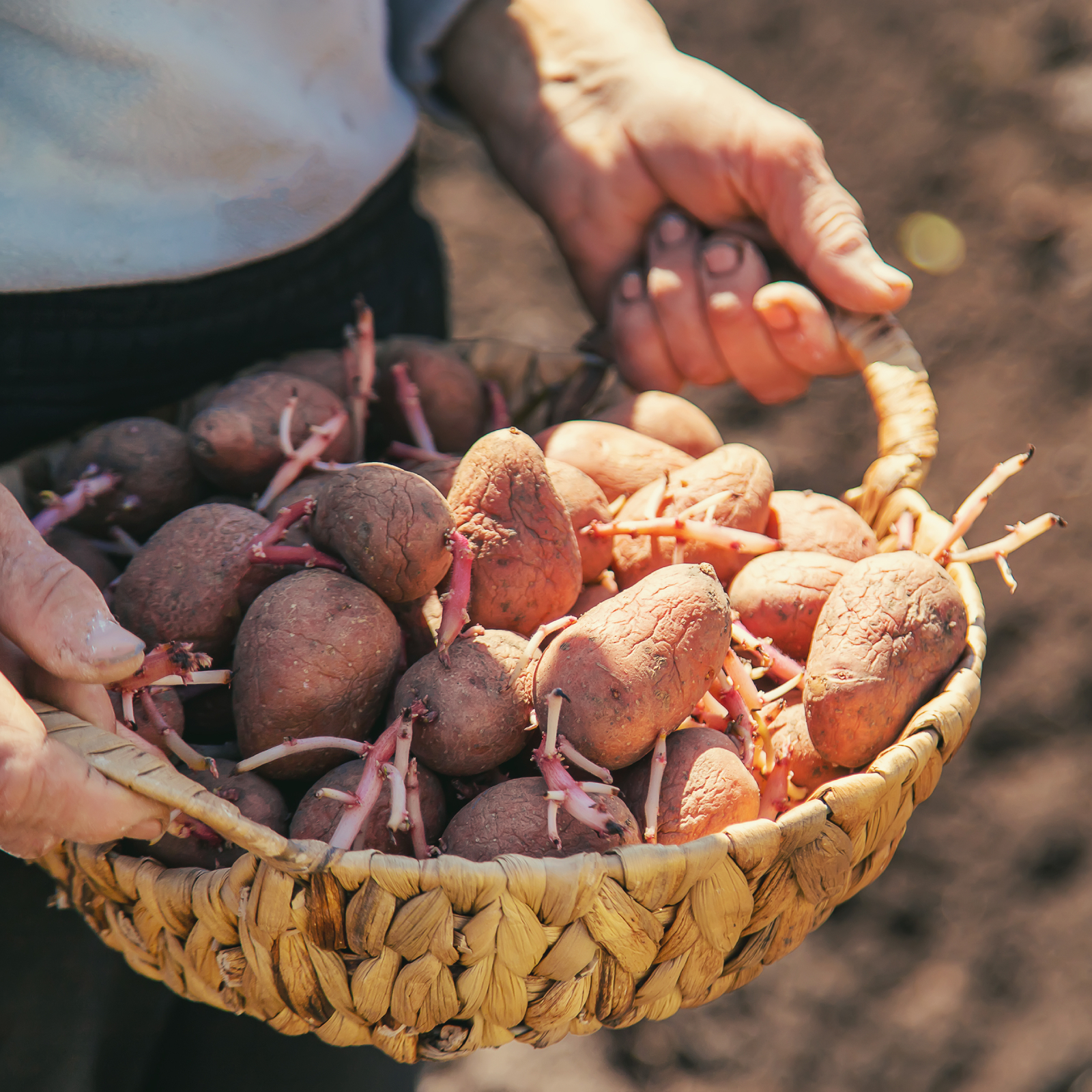
Can You Grow Potatoes From Potatoes You Bought At The Grocery? Let’s Give It A Try!
Can you grow store-bought potatoes? The answer is yes! With a little preparation, you can get a nice harvest from potatoes that have sprouted in your pantry.
By Bonnie L. Grant
-
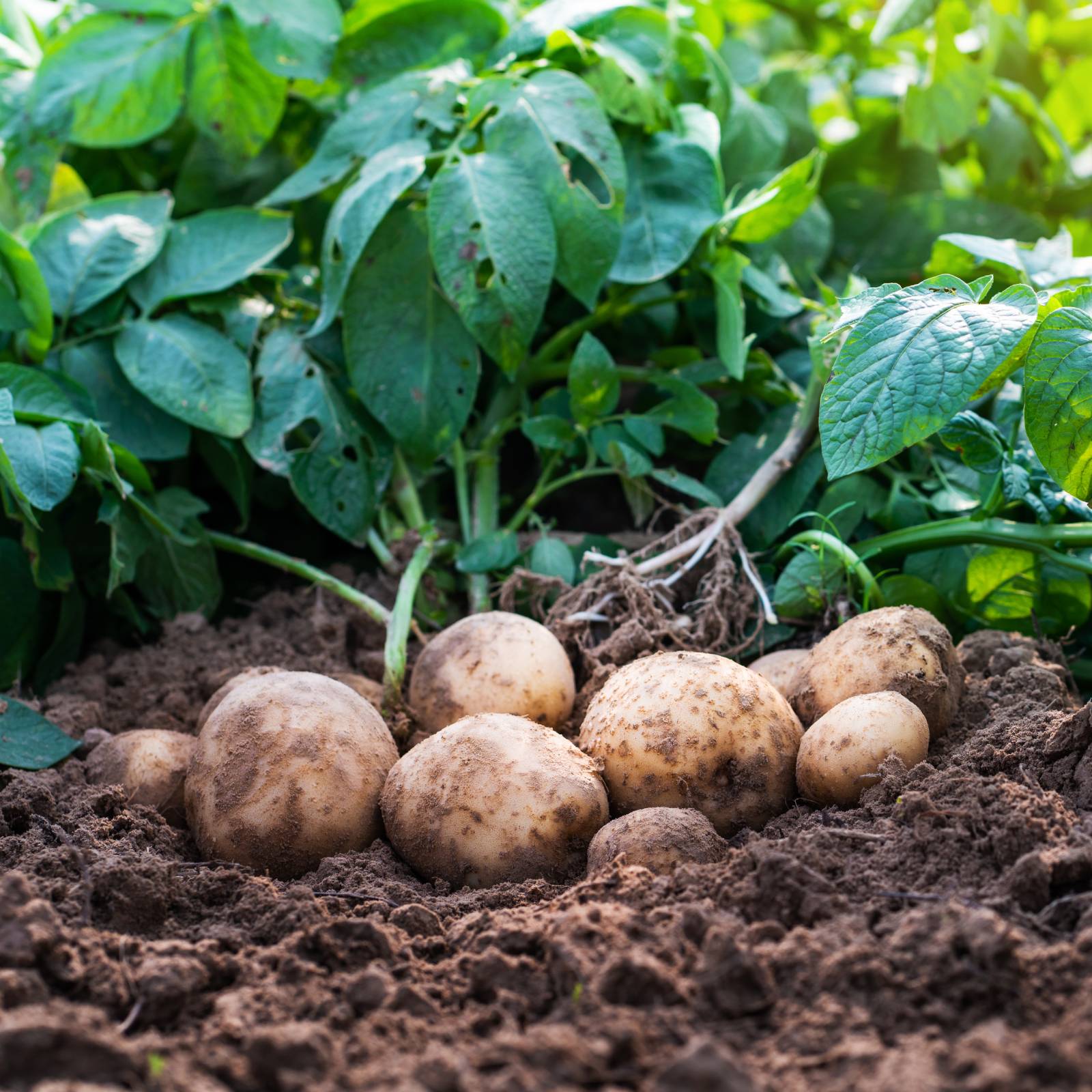
How To Plant Potatoes: Everything You Need To Know To Grow Tasty Taters
Potatoes are fun and easy to grow. Let's dig in!
By Amy Grant
-
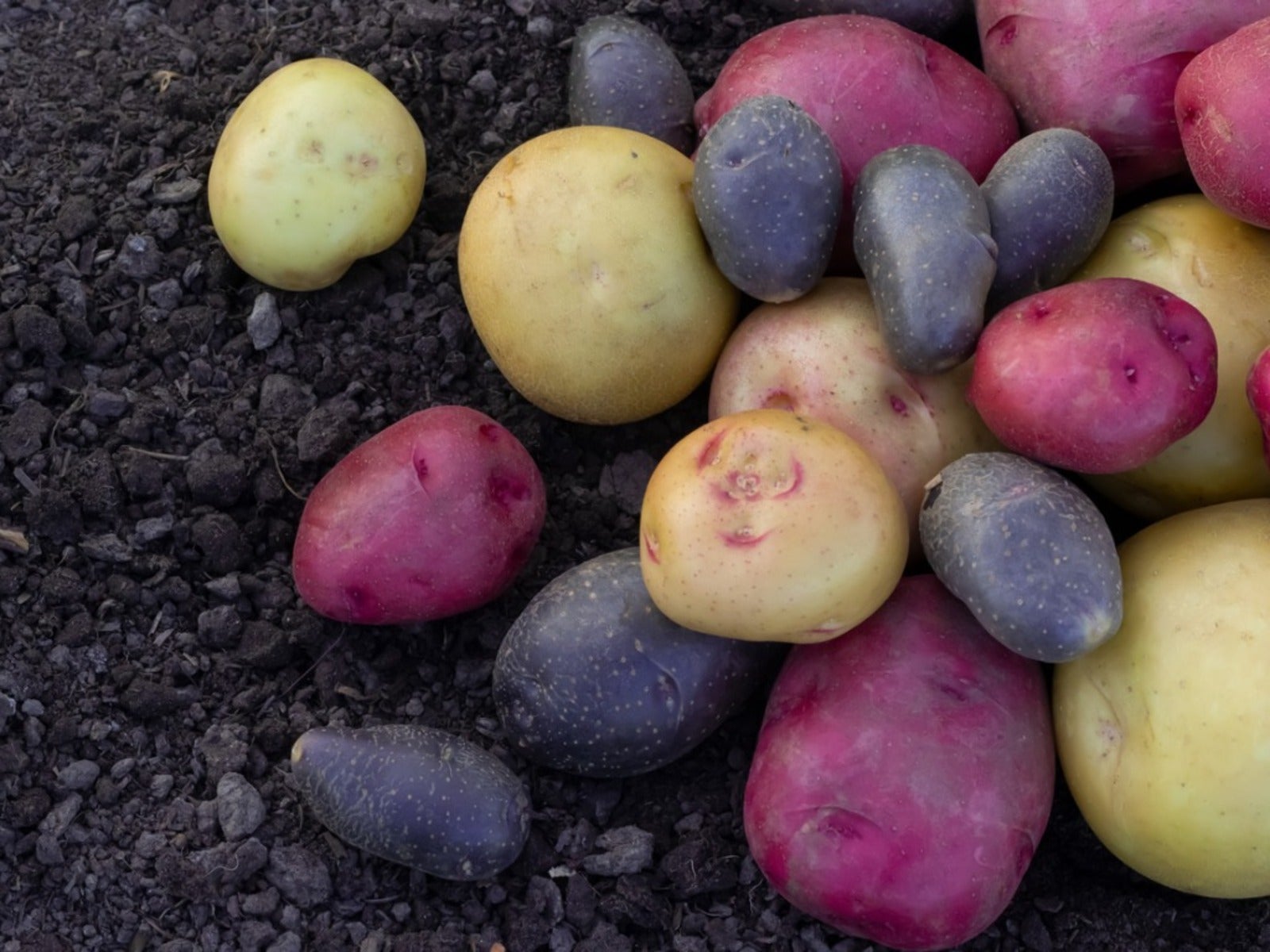
Unusual Potato Varieties To Grow In Your Garden
If you’re a potato lover, this article will fill you in on all the amazing varieties of special and unusual potatoes.
By Amy Grant
-
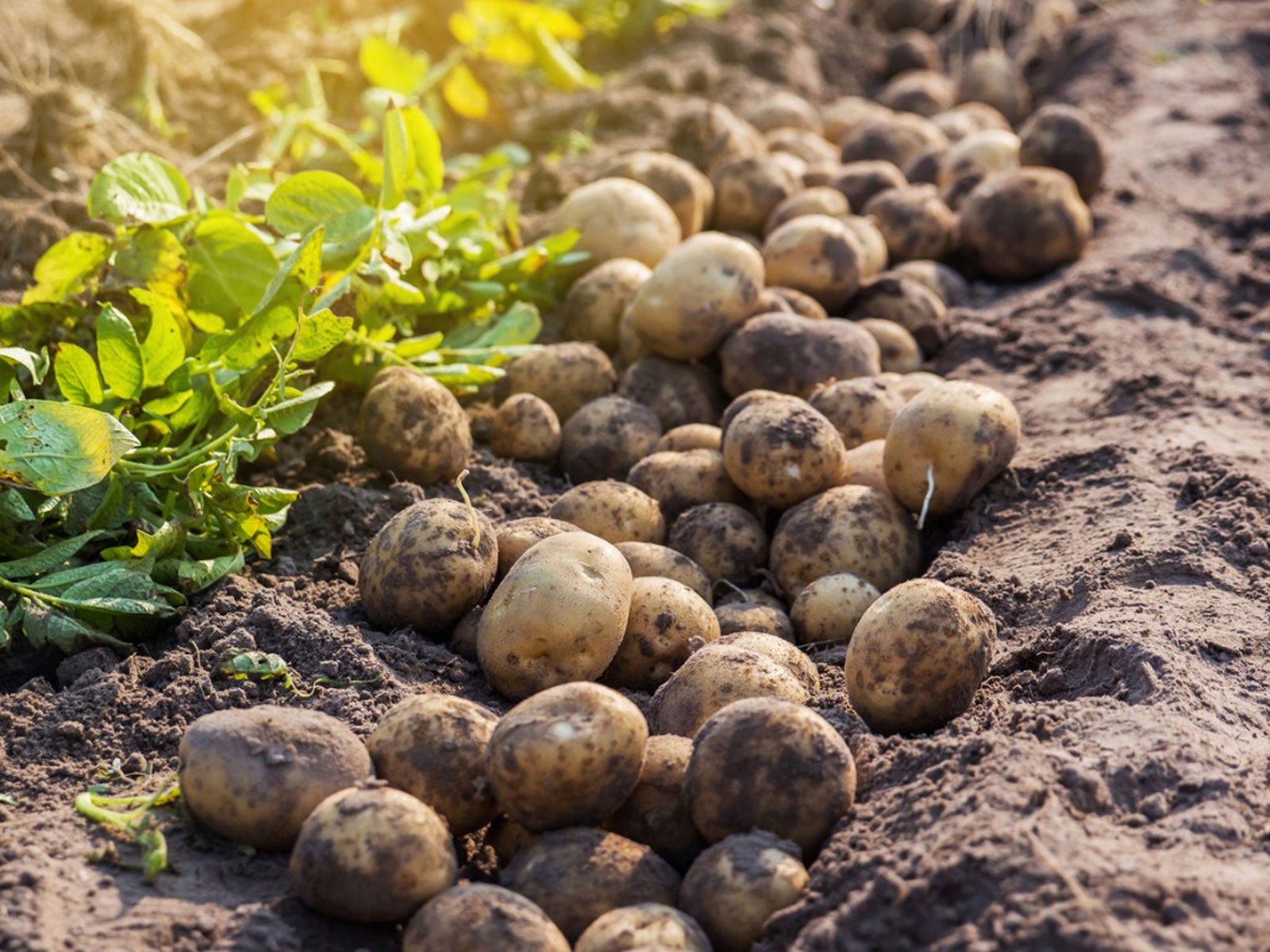
How And When To Harvest Potatoes: Pro Tips For Picking The Perfect Potatoes
Knowing how to harvest potatoes will help you get the greatest benefit from your crop. Read here for more.
By Jackie Rhoades
-
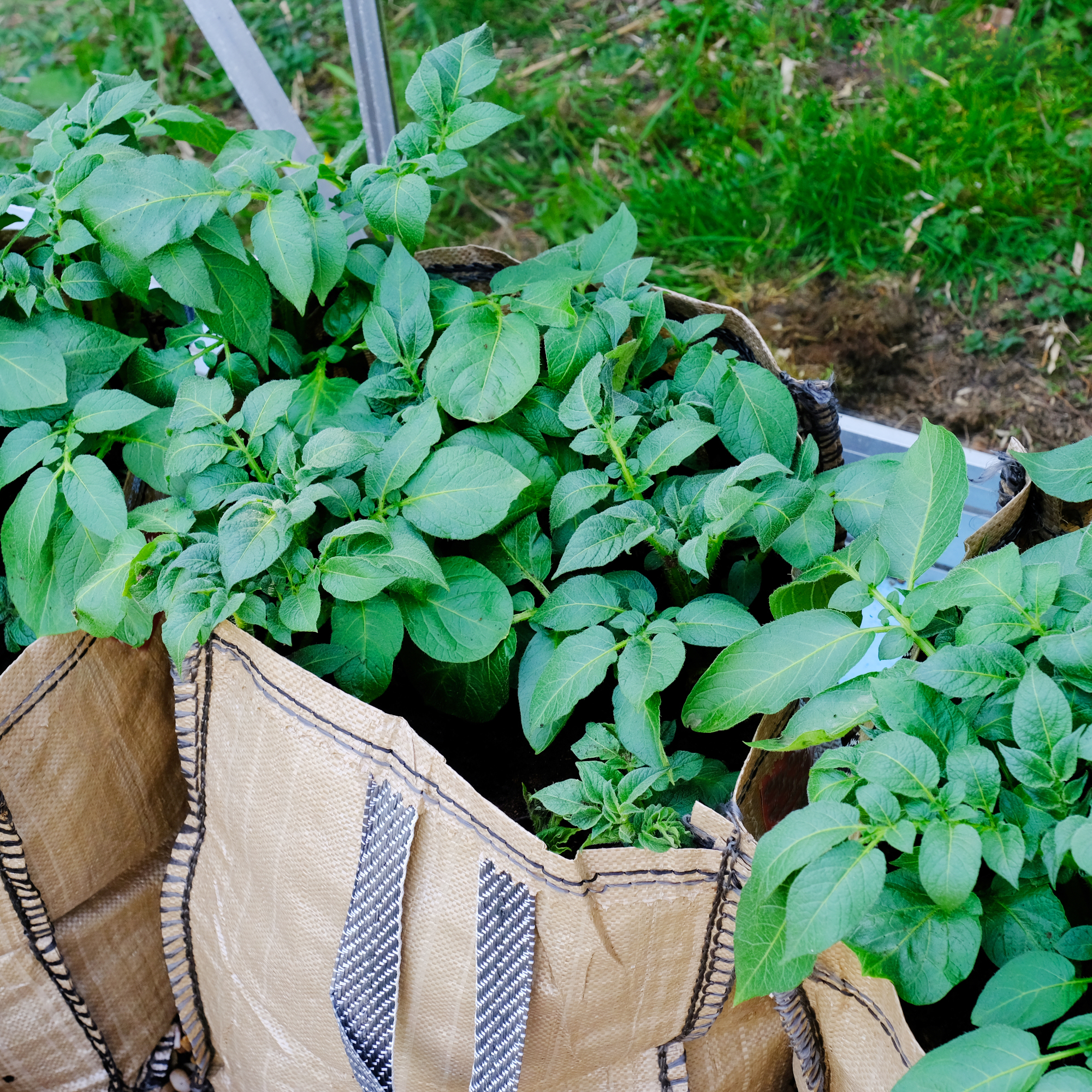
Grow Bags For Potatoes: Tips For Growing Potatoes In Bags
Grow bags for potatoes are an excellent solution for patio or small space gardeners. Learn more about planting potatoes in bags here.
By Bonnie L. Grant
-
What Is Potato Aster Yellows: Managing Aster Yellows On Potatoes
Aster yellows on potatoes is not as dangerous as potato blight, but it does reduce yield considerably. The disease is most common in cooler, wet regions. Find out how to diagnose the disease and how to prevent it from ruining your spud crop in this article.
By Bonnie L. Grant
-
Potatoes Are Splitting - What To Do For Potato Elephant Hide Disorder
There are many things that can go wrong with potatoes as they develop. If your potatoes are splitting on the surface, it could be potato elephant hide disorder. Read here for more information.
By Kristi Waterworth
-
What Is Potato Pink Rot: Tips For Treating Pink Rot In Potatoes
When pink rot potato disease appears in your mature potato patch close to harvest, your first thoughts may be about treating pink rot in potatoes, but sadly, there is no cure once it has taken hold. Read more here.
By Kristi Waterworth
-
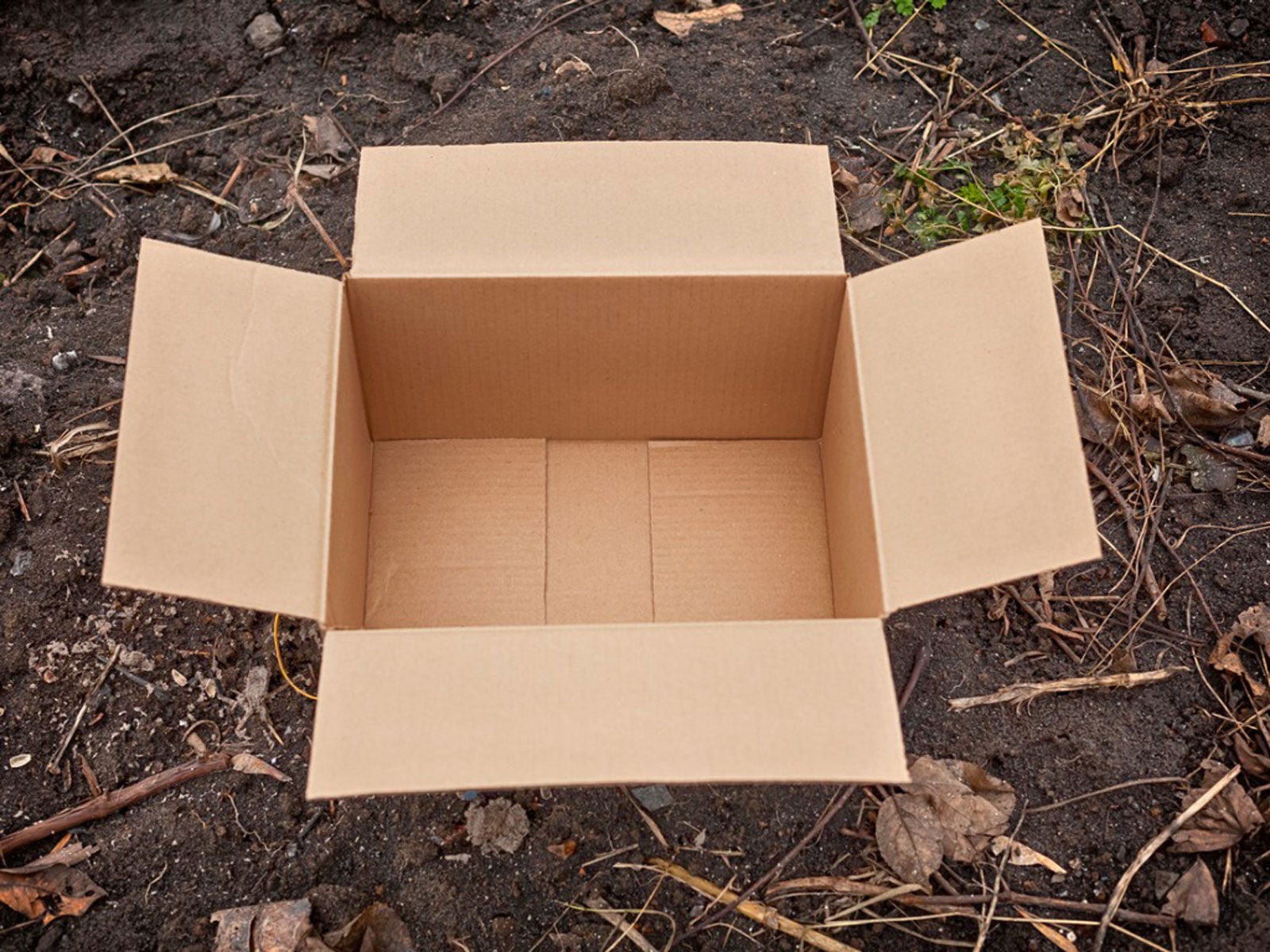
Cardboard Potato Planter – Planting Potatoes In A Cardboard Box
Growing your own potatoes is easy, and a simple idea to try is using a cardboard box as a potato planter. Yep, a box. Learn more here.
By Amy Grant
-
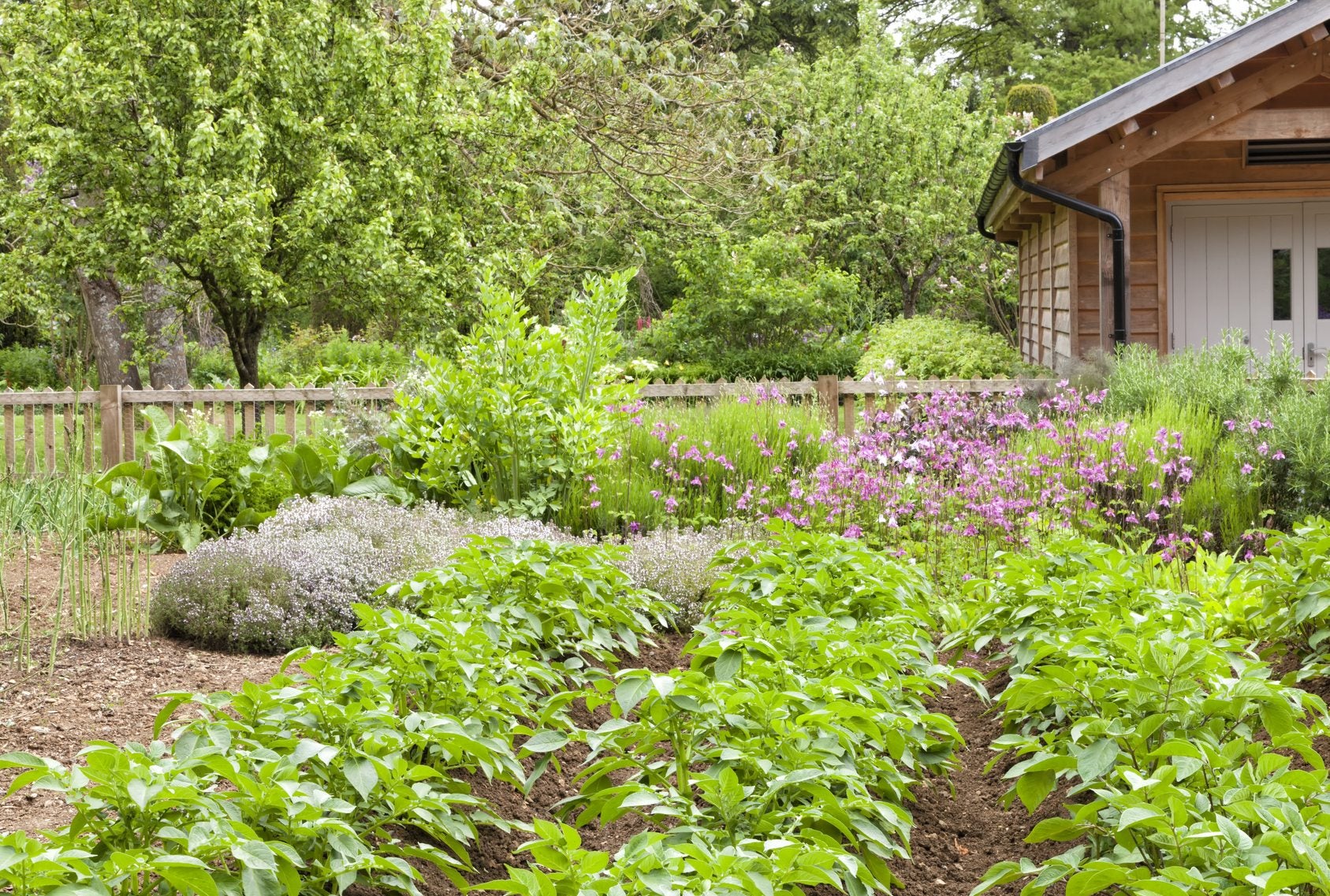
Potato Plant Companions: What Are The Best Companion Plants For Potatoes
Companion planting is growing plants near other plants that benefit each other in various ways. Potato plants have many beneficial companions. This article provides information on what to plant with potatoes. Click here to learn more.
By Darcy Larum
-
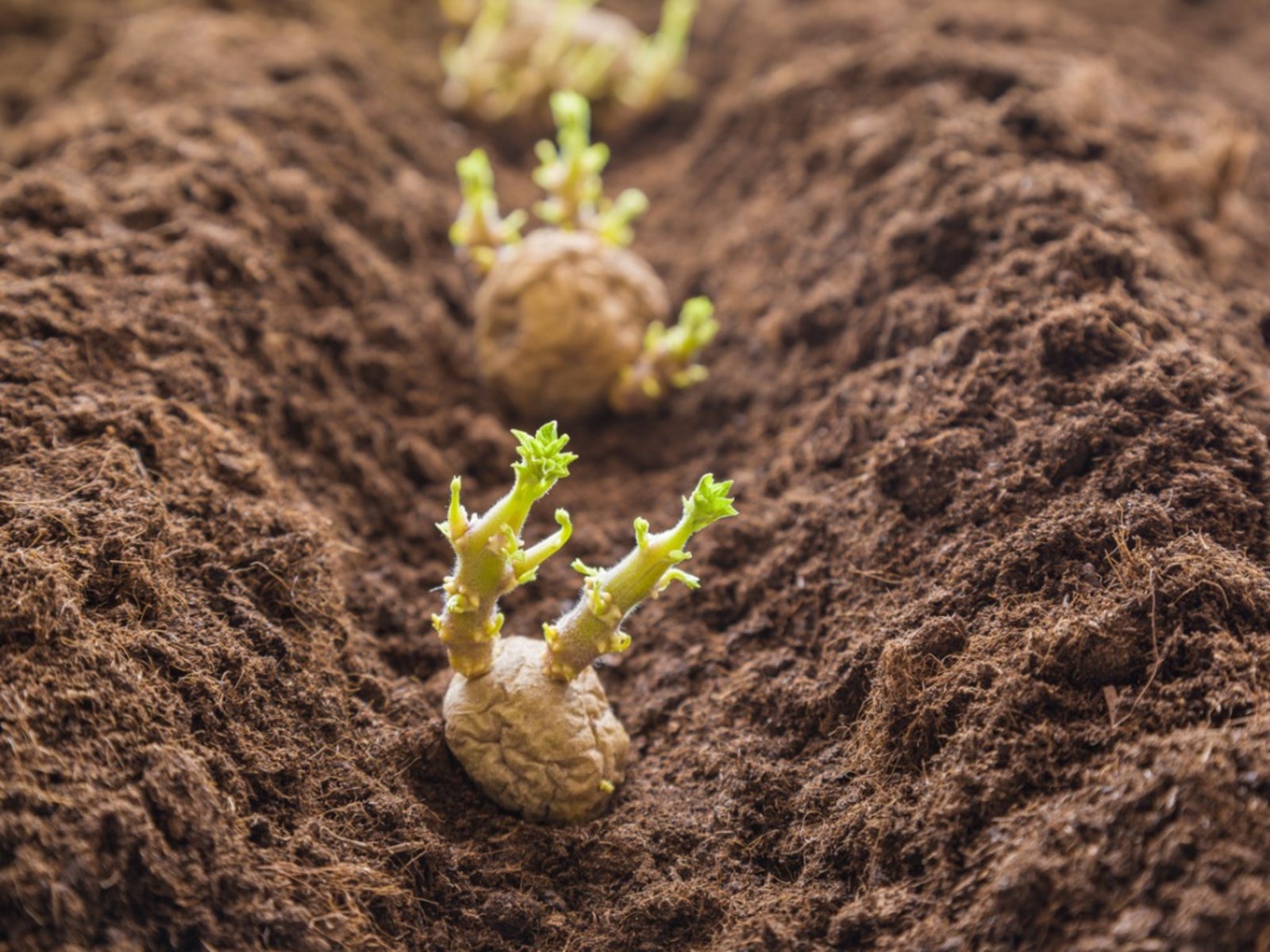
Planting Potato Pieces: Which End Of The Potato Is Up
If you're new to the wonderful world of gardening, things that are obvious to seasoned gardeners may seem strange. For example, which way is up when planting potatoes? And should you be planting potatoes eyes up or down? Find out here.
By Mary H. Dyer
-
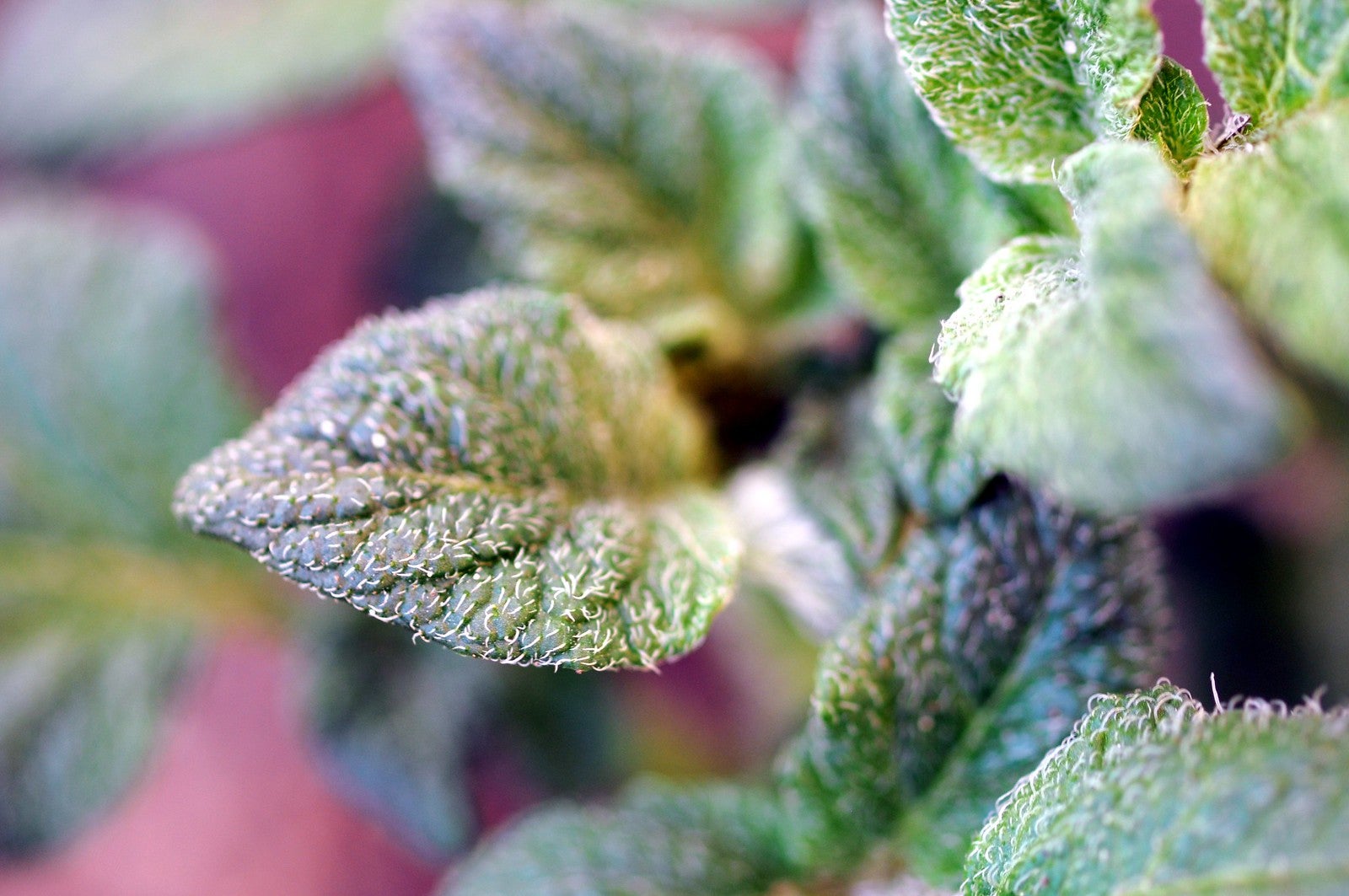
What Is A Hairy Potato: Learn About Hairy Potato Pest Resistance
Getting information on wild potato plants may not seem like something of interest to the average home gardener. However, it could be beneficial information to have. A wild potato has natural pest resistance. To learn how, click this article.
By Mary Ellen Ellis
-
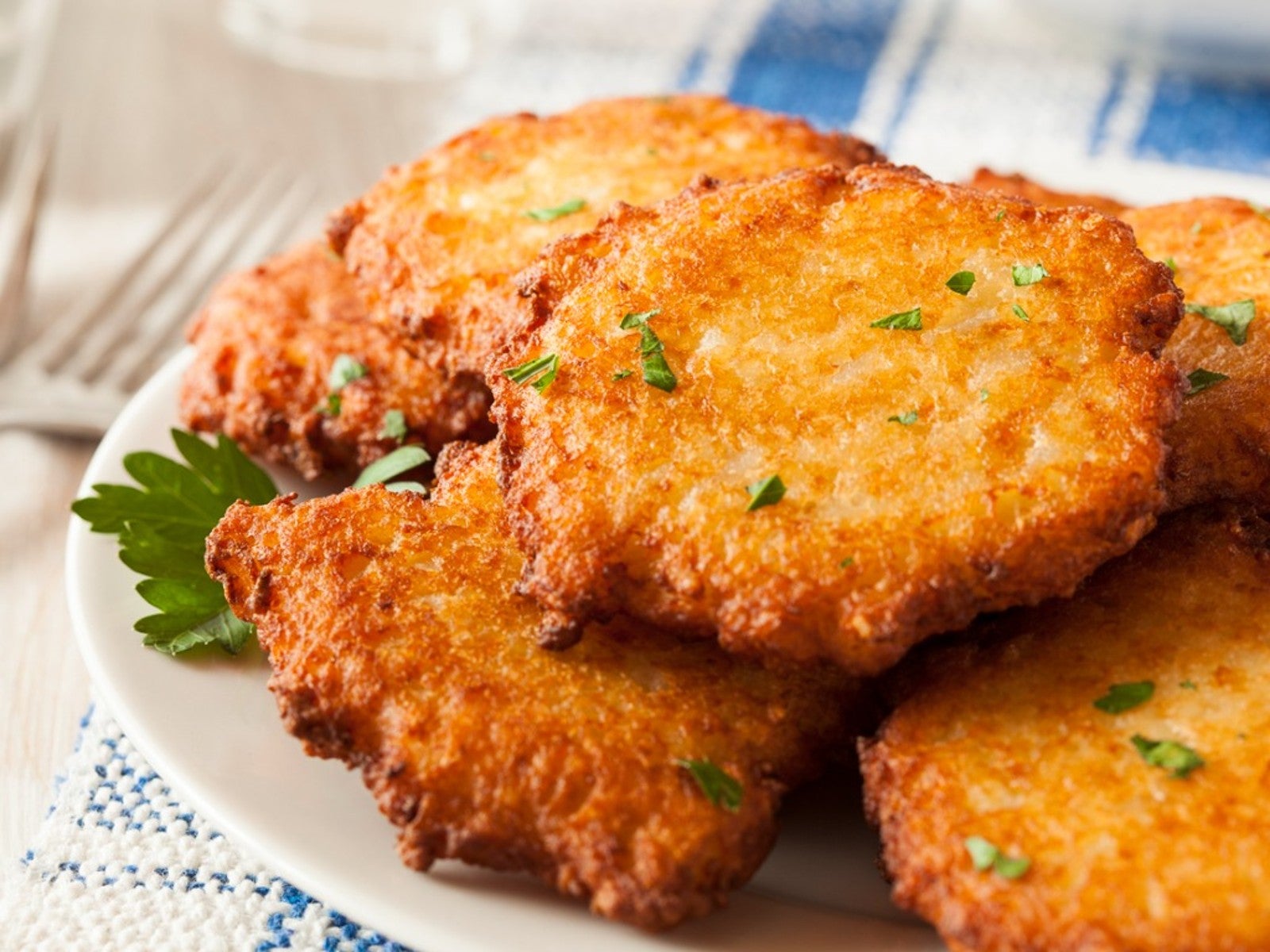
Grow Your Own Potatoes For Latkes This Hanukkah
Read about how to prepare delicious latkes, and which potatoes work best.
By Laura Miller
-
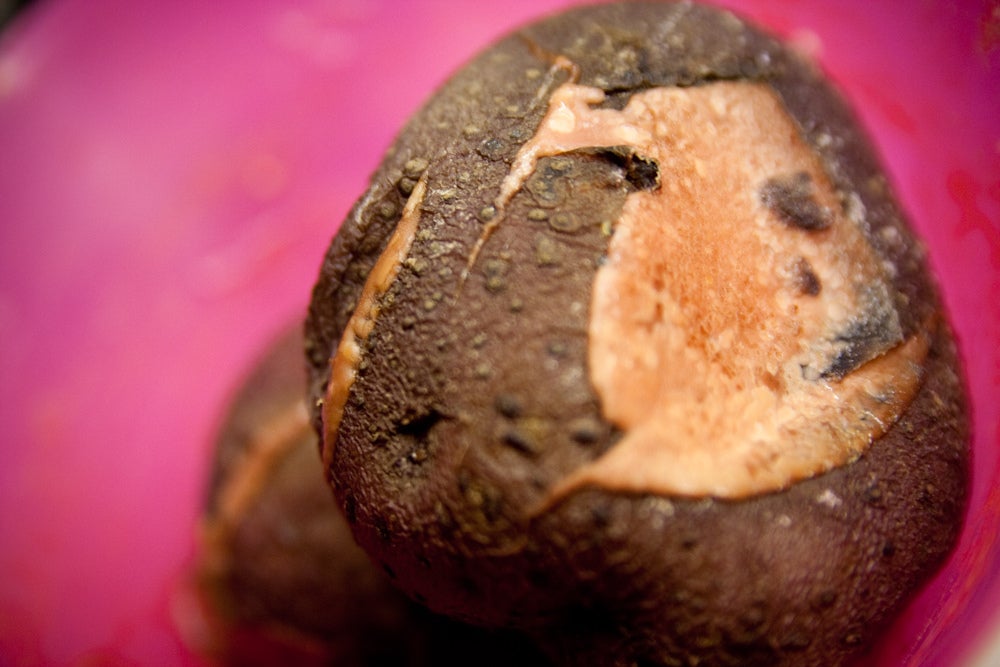
Dry Rot Of Potatoes: What Causes Dry Rot In Potatoes
With great care, you can prevent potato dry rot disease from spreading throughout your garden, but once a potato tuber is infected, treatment isn't possible. Read here for more info.
By Kristi Waterworth
-
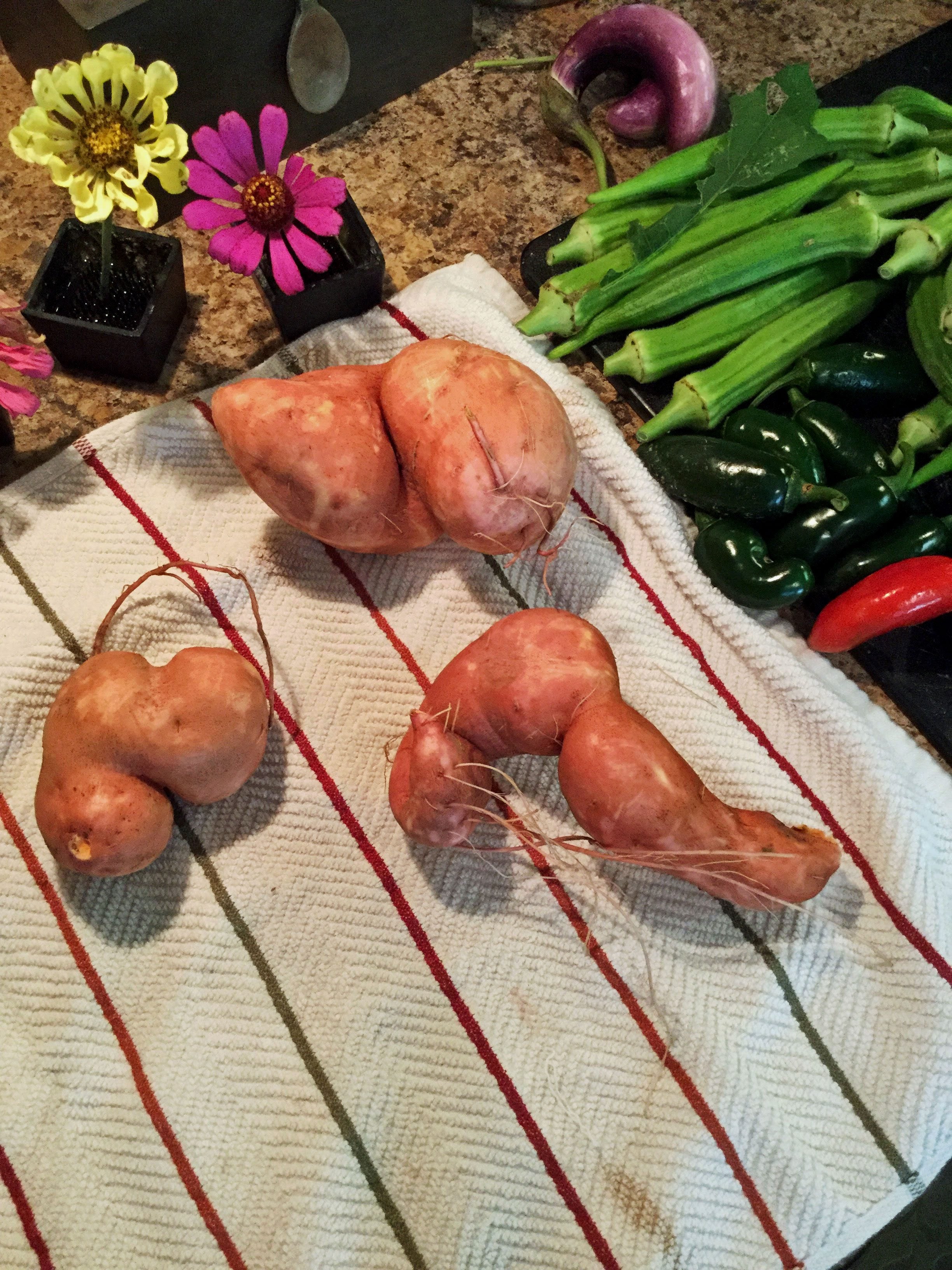
Knobby Deformed Potatoes: Why Potato Tubers Are Deformed
If you have ever grown potatoes in the home garden, you have likely reaped interestingly shaped spuds. When potato tubers are deformed, the question is why and is there a way to prevent knobby deformed potatoes? Read here to find out.
By Amy Grant
-
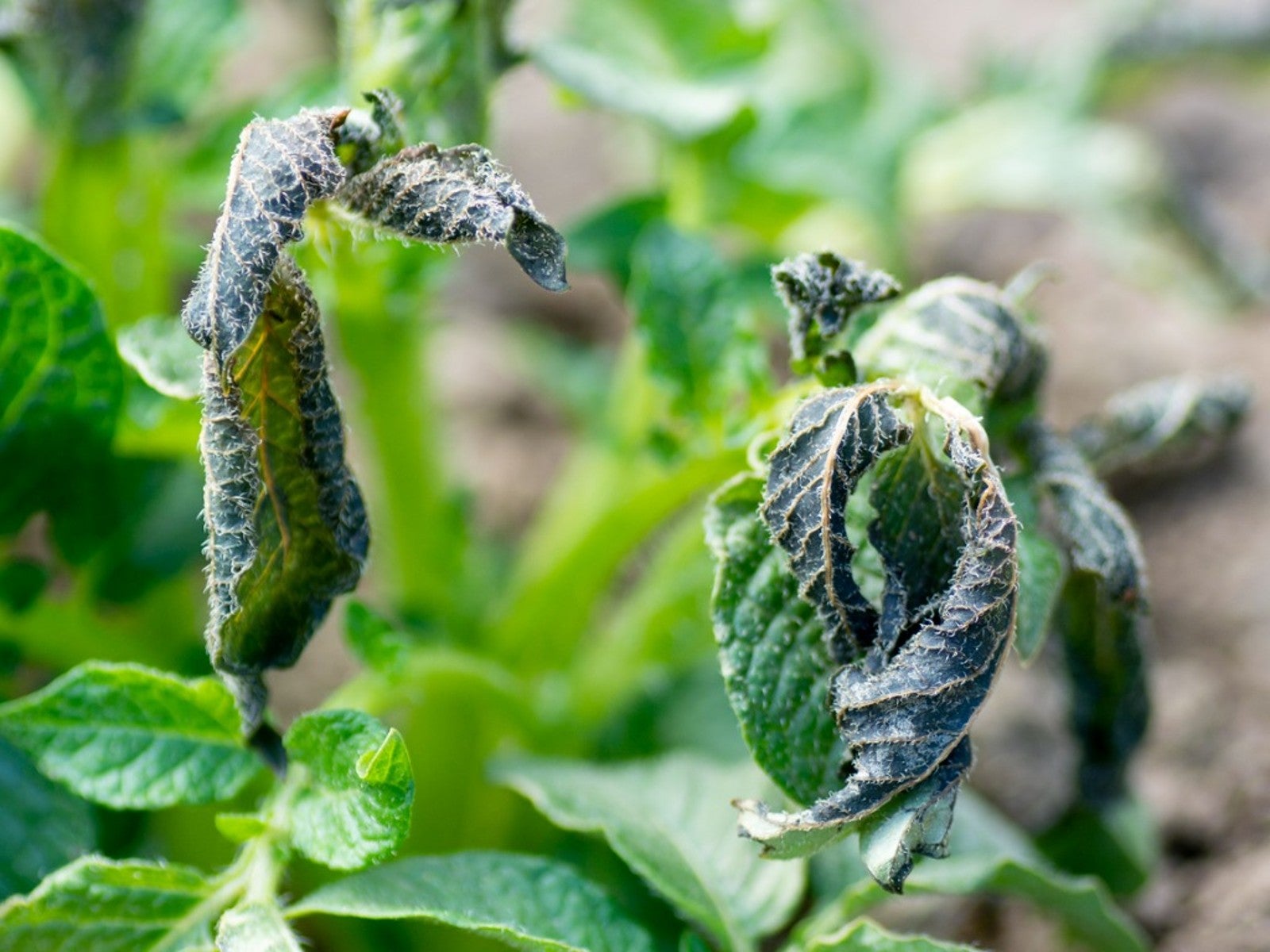
What To Do About Frost Damage On Potatoes
Cold-damaged potato foliage doesn’t necessarily mean the potato beneath is bad. Read on for more info.
By Laura Miller
-
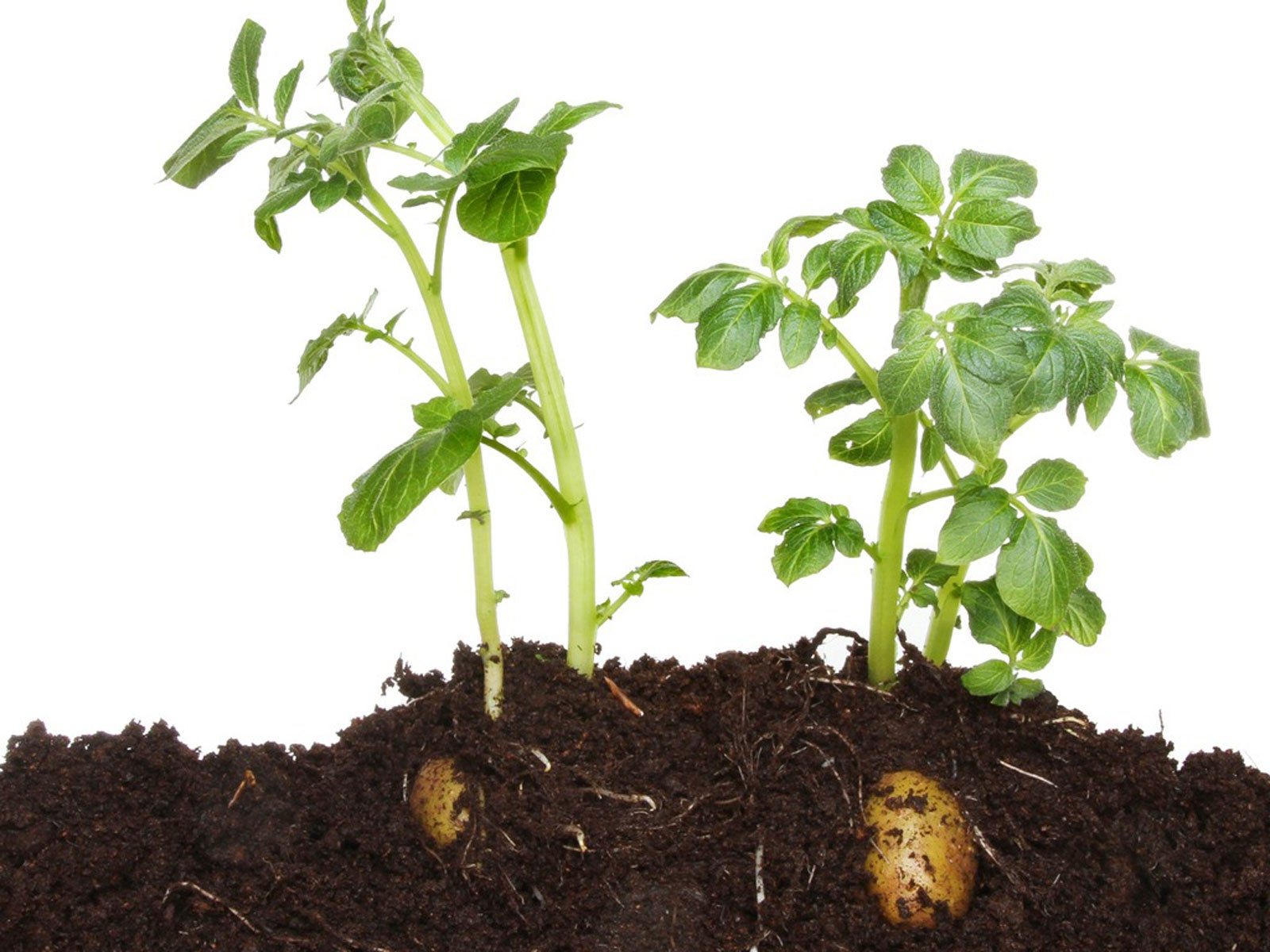
Potato Compost Hilling: Will Potatoes Grow In Compost
Potato plants are heavy feeders, so it's only natural to wonder if growing potatoes in compost is feasible. Click here to find out more.
By Laura Miller
